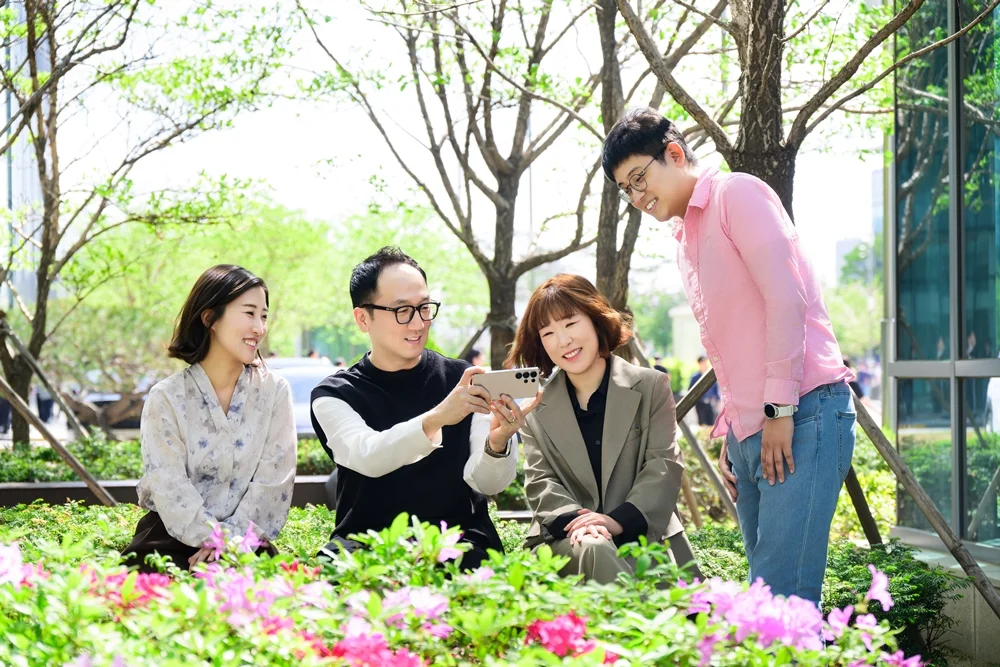
Samsung Galaxy S26 Camera Set for Major Upgrade, Ditching Old Sensor!
Exciting news for Samsung fans! After years of using the same ISOCELL GN3 sensor on its base and Plus Galaxy S models, Samsung is finally planning a significant camera upgrade for the Galaxy S26. This long-awaited change could bring a breath of fresh air to the photography capabilities of the popular smartphone lineup.
While it might seem early to talk about the S26, sources at GalaxyClub suggest that the base model will feature a different wide camera sensor. The resolution will remain at 50MP, but the key is that this new sensor is expected to have superior characteristics compared to its predecessor. This could translate to better image quality, improved low-light performance, and enhanced overall photography experience.
So, what can we expect from this new Samsung-made ISOCELL GN sensor? While specific technical details are still under wraps, it's likely to be a brand-new offering that hasn't been announced yet. Given Samsung's track record, the Galaxy S26+ is also likely to share the same camera specifications. However, rumors about the discontinuation of the Plus variant have resurfaced, suggesting that the new sensor might be exclusive to the base S26 model. Only time will tell if these rumors hold any weight.
Meanwhile, Samsung has offered insights into its latest advancements in mobile photography with the Galaxy S25 series. In a recent interview, developers from the Visual Solution Team of the MX Business highlighted the company's commitment to delivering a premium camera experience for all users. The focus is on providing the best picture quality, offering features that satisfy even professional users, and enabling easy content creation and editing. The team strives to push the limits of smartphone cameras with high-pixel sensors, high-performance APs, and powerful AI models.

The Galaxy S25 Ultra boasts a 50MP ultra-wide-angle camera, a first for the Galaxy series. According to Wonchul Choi, who led the development of camera quality, this allows for capturing wider angles with greater clarity and detail. The ProVisual Engine, powered by AI technology, has also been improved to enhance portraits and low-light photography, making it easier than ever to achieve professional-looking results. The team analyzed a full range of skin tones to ensure AI recognition and processing technologies brought out finer details, such as hair texture and the subject’s pupils.